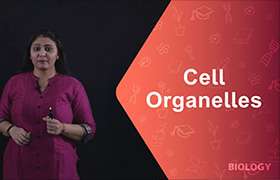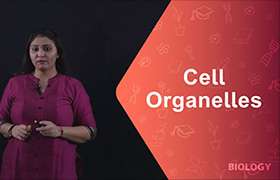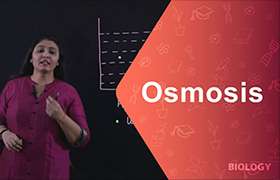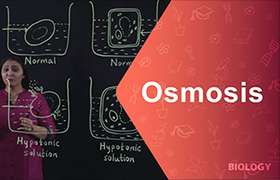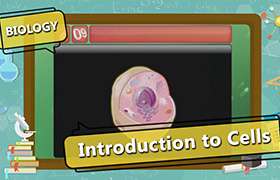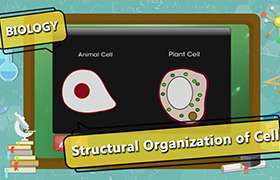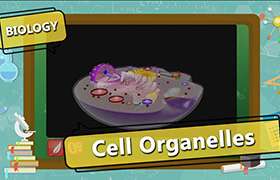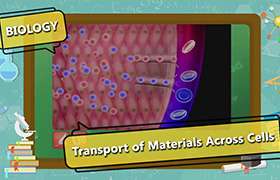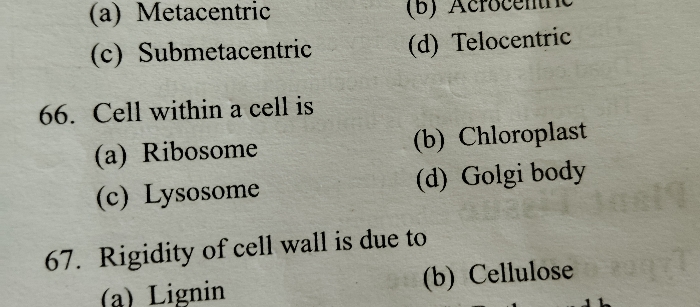CBSE Class 9 Answered
The digestive tract is a muscular tube, approximately 18-27 feet in length, that extends from the mouth to the anus. It is composed of mouth, pharynx, esophagus, stomach, small intestine, large intestine and anus. Associated with these are accessory glands i.e. paired salivary glands, pancreas and liver.
The process of digestion begins in the mouth. Within the mouth lie the teeth, tongue and jaws. Through a chewing motion, the food is mechanically broken down between the teeth and mixed with saliva, which aids in chemical digestion. Upon stimulation, saliva is produced in the salivary glands and brought into the mouth. It contains salivary amylase, an enzyme that digests starch. Once the digestion in the mouth is completed, contraction of the muscles of the floor of the mouth and tongue propels the food bolus into the pharynx.
The pharynx facilitates the passage of the food bolus into the oesophagus. The pharynx is designed to direct the food bolus in this direction. From oesophagus, the food is taken to the stomach. The pharynx and esophagus serve only as conduits for digestion.
The stomach is a C-shaped pouch that receives the food bolus from the esophagus. It aids both in mechanical and chemical digestion. Acting like a churn, the stomach mixes the food with gastric acid and breaks down the food into a milky substance known as chyme. The acid reduces the pH of the stomach, in the process allowing activation of an enzyme called pepsin. This starts the chemical digestive process.
The digested food is taken up by the walls of the intestine through villi. The unabsorbed food is sent to the large intestine where further absorption takes place. The rest of the material is removed from the body via the anus.
The following enzymes are involved in digestion:
i) Amylase (salivary and pancreatic) breaks starch (a polysaccharide) down to maltose (a disaccharide)
ii) Maltase completes the digestion of disaccharides and converts it into glucose.
iii) Pepsin, from stomach, breaks down proteins to peptides.
iv) Trypsin and Chymotrypsin, present in pancreatic juice, digest proteins to peptides.
v) In small intestine, peptidases complete the digestion of peptides to amino acids.
vi) Lipase digests fats to glycerol and fatty acids.


